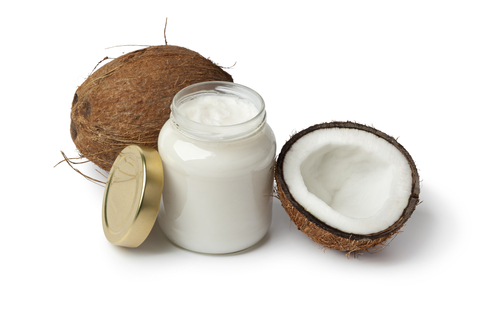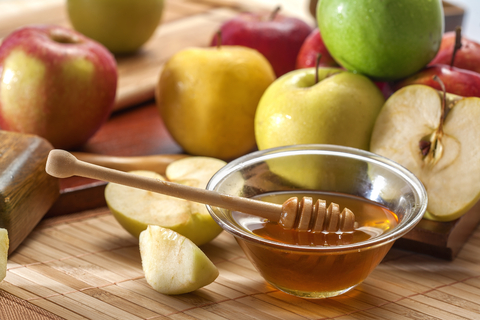Looking for a diabetic weight loss diet? Great, because it’s very difficult to find another medical condition as closely linked to weight-issues as diabetes. In the western world, 9 out of 10 people diagnosed with type two diabetes are overweight and 80% of these cases can be prevented by a change in diet and exercise! Chances are, if you’re reading this, you’re diabetic, pre-diabetic, or you have a loved one who is. So let’s talk about how a diet can positively impact on diabetes.
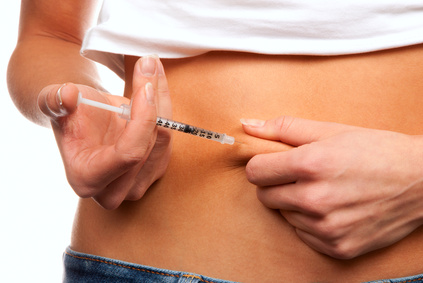
According to modern medicine and it’s understanding of the weight related condition, a male from the US has a worryingly high 1 in 3 chance of developing diabetes. Scary thought isn’t it? More worrying is that a diagnosis subtracts at least a decade from somebody’s life and incurs medical costs of on average over $10,000 a year. Risk factors are even higher for African and Hispanic Americans! However, there are ways we can help ourselves.
Diabetes rates have increased dramatically in recent years, and it’s no coincidence that obesity has as increased in tandem too. The need for an effective diabetic weight loss diet has never been more important, but unfortunately, a lack of understanding means that many sufferers simply don’t know how to help themselves out with their diet. The good news is that type two diabetes is most closely linked to weight and lifestyle. It can be prevented or delayed by combining a specific diet with a simple exercise for weight loss.
The medical profession has reported significant improvements with a loss of as little as 10-15 pounds! This small weight loss can lower your blood glucose, your blood pressure, and your blood fats. Talk about an incentive to drop a few pounds! If losing weight isn’t incentive enough you should also consider the side effects of medications, such as pradaxa, which is used to treat type two diabetes. Pradaxa internal bleeding is one of the most dangerous and common side effects of the medication.
Where to begin with YOUR diabetic weight loss diet?
The most difficult part about a diabetic weight loss diet (or any diet for that matter!) is getting started. Old habits are hard to break, but even small changes add up to huge benefits. Be sure to meet with your doctor prior to starting anything new. To get started, write down a few manageable short-term goals. Make them something that you can realistically achieve in a period of one month. For example, you could strive to lose 5 pounds, commit to walking 30 minutes 3 times per week, and eating healthy 5 days a week - leaving weekends for the occasional splurge. You can read more about walking for weight loss and help on the health benefits too.
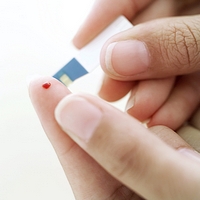 Make your goals as specific as possible. You’ll have a better chance of achieving them. Also try purchasing a journal and record everything you eat and your physical activity. The process of journaling can be very motivating! Spend a few minutes alone each day quietly reflecting on your goals and what you need to do to achieve them. This is an important component of a diabetic weight loss diet. Visualize yourself at the end of the month five pounds lighter! Visualize the details, not just the big picture. See specifically what you must do to make this happen. Imagine what you’ll wear and how you’ll feel!
Make your goals as specific as possible. You’ll have a better chance of achieving them. Also try purchasing a journal and record everything you eat and your physical activity. The process of journaling can be very motivating! Spend a few minutes alone each day quietly reflecting on your goals and what you need to do to achieve them. This is an important component of a diabetic weight loss diet. Visualize yourself at the end of the month five pounds lighter! Visualize the details, not just the big picture. See specifically what you must do to make this happen. Imagine what you’ll wear and how you’ll feel!
What you need to know about food..
 A diabetic weight loss diet is, in some ways, very similar to other weight loss diets. The bottom line is you must eat less and burn more. Many type 2 diabetic patients are put on a 1500-1800 calorie diet, depending on age, sex, fitness level, and current weight. Carbohydrates would typically make up about 50% of your daily calories, as a low carbohydrate intake is associated with low blood sugar levels. Carbs are generally found in starchy foods, fruits, and milk.
A diabetic weight loss diet is, in some ways, very similar to other weight loss diets. The bottom line is you must eat less and burn more. Many type 2 diabetic patients are put on a 1500-1800 calorie diet, depending on age, sex, fitness level, and current weight. Carbohydrates would typically make up about 50% of your daily calories, as a low carbohydrate intake is associated with low blood sugar levels. Carbs are generally found in starchy foods, fruits, and milk.
Remember that your body will convert the carbohydrates you eat into glucose, so portion control is essential to keep your blood sugar regulated. Get used to weighing or measuring your portions until you can “eyeball” portion size pretty accurately. Like most diets, a diabetic weight loss diet should consist of healthy fats. Saturated fats should be replaced with monounsaturated and polyunsaturated fats. Think olive oil and canola oil as opposed to butter and margarine! Be careful though.
Since you’re trying to lose weight, you’ll want to limit your intake of oil, even healthy oils, to 2-3 teaspoons a day. As with most diets, you want to choose mostly lean protein, green leafy vegetables, and complex carbohydrates. The Food Nutrition Label is the most valuable resource that you have to help you make healthy choices on a diabetic weight loss diet. Learn how to read and understand the label. For an easy to understand explanation, read our nutrition fact label.
What about sugar and salt?
As with all weight loss plans, you’ll want to control the amount of sodium you consume on the diabetic weight loss diet. Try to get in the habit of using ‘lite” salt or no-sodium products. If you enjoy cooking, experiment with fresh spices as an alternative to adding salt. Added sugar has no nutritional value and is often replaced with artificial sweeteners. Sugar doesn’t have to be completely avoided, but your carbohydrate intake for the day should be taken into effect if you plan to eat sugar.
What about the Glycemic Index?
Did you Know?
Vinegar helps block digestive enzymes that convert carbohydrates into sugar, thus slowing the absorption of sugar from a meal into the bloodstream? This sounds like a good reason to enjoy a salad prior to your entree, using a vinegar-based dressing.
To move towards a Low Glycemic Index diet, make healthier choices. The American Diabetes Association recommends eating breakfast cereals consisting of oats, barley, and bran, breads made of whole grains, fruit and vegetables, salads with vinaigrette, pasta and quinoa, and basmati rice. As with all weight reduction plans, the diabetic weight loss diet requires that you learn to make healthy substitutes. Instead of fried foods, broil, grill, or bake your foods.
Choose lean meats, avoid sauces and creamy dressings, avoid cream-based soups, choose low-fat yogurt over sweets, and avoid added sugar. Different carbohydrates behave differently in your body. The Glycemic Index is a ranking of carbohydrates based on the effect they have on your blood glucose levels. The carbohydrates are ranked as High (70 and above), Medium (56-69), and Low (55 and below). Carbohydrates ranked “Low” only produce a small fluctuation in your blood glucose and insulin levels, and are the ones you want to consume. Eating low GI foods will keep you balanced and satisfied longer.
Looking At The Diabetic Food Pyramid..
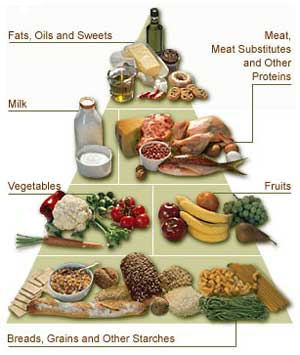
Important Recommendations:
- Grains, Beans, Starchy Vegetables (6+ servings per day)
- Vegetables (3-5 servings per day)
- Fruit (2-4 servings per day)
- Milk (2-3 servings per day)
- Meat, Cheese, Fish (2-3 servings per day)
- Fats, Sweets, Alcohol (no recommendations made so severely limit consumption)
Will exercise and physical activity help?
Exercising a minimum of 30 minutes a day is absolutely essential! To make this task easier, find an activity that you enjoy and think of it as “playing.” Remember that everything you do, whether it’s walking, raking leaves, or washing the car, helps burn maximum calories - much more than sitting in your easy chair. Look for things to enjoy during your work out. Notice the beautiful weather, the pretty flowers, or just be grateful that you are capable of performing this activity. If you prefer to be social, join a gym or recreational center. If you don’t like the great outdoors, walk in your local mall!
If you’re too intimidated to work out in front of others, buy or rent a walking DVD, or check out different exercise DVDs from your video store or library. For every excuse that you come up with, there will be a way to get around it! Accept that this is what you will need to do for the rest of your life and work on your attitude! You can learn to love activity, or at the very least, appreciate what it does for your health and well being.
